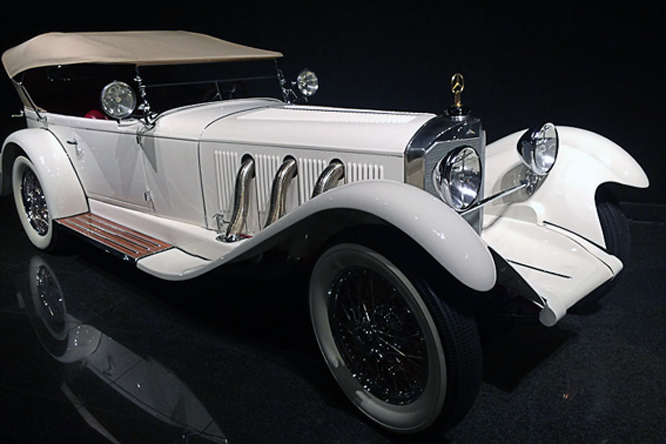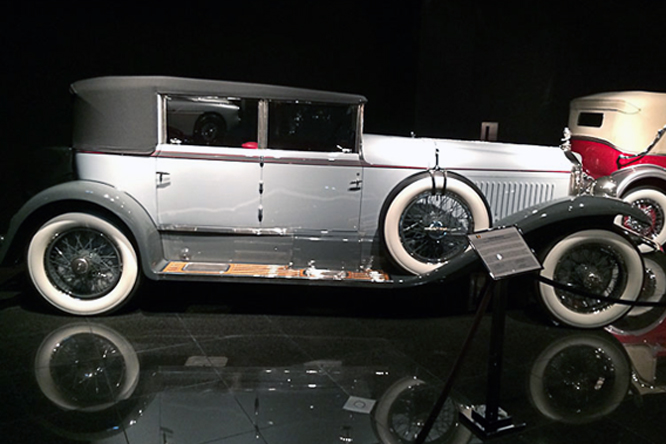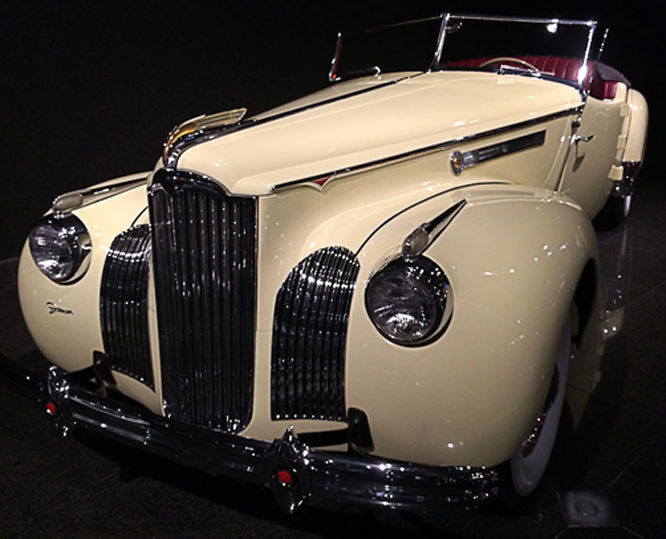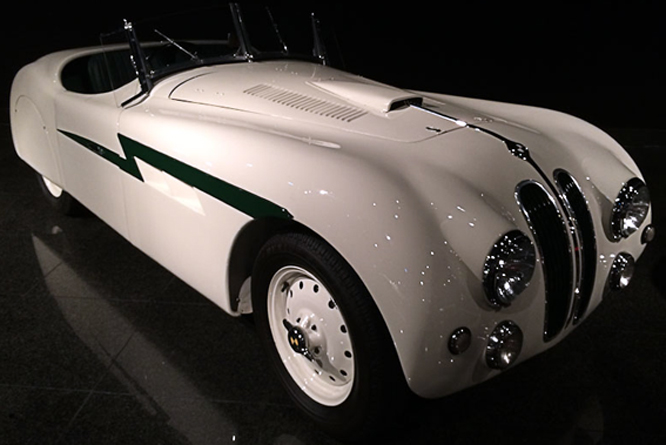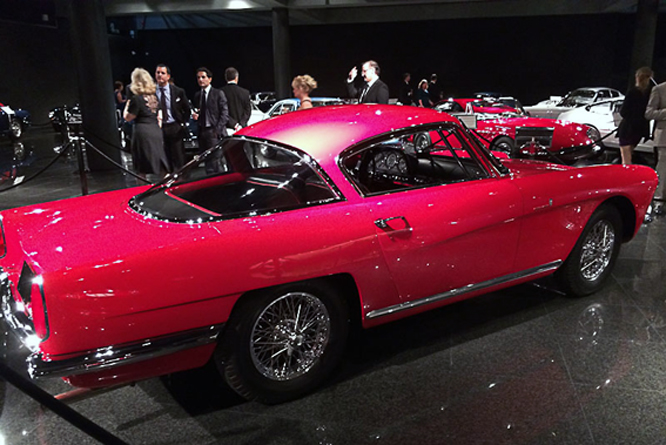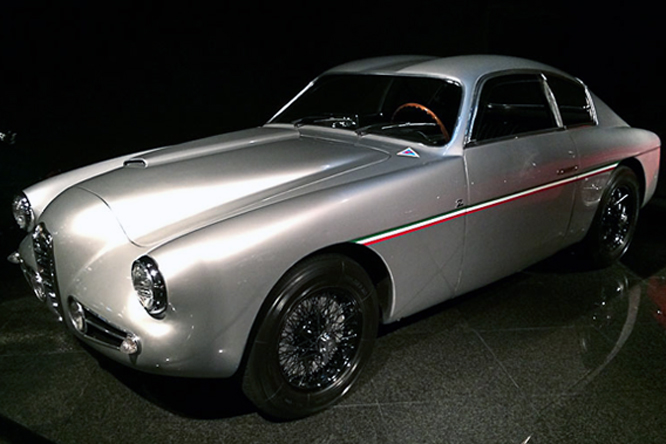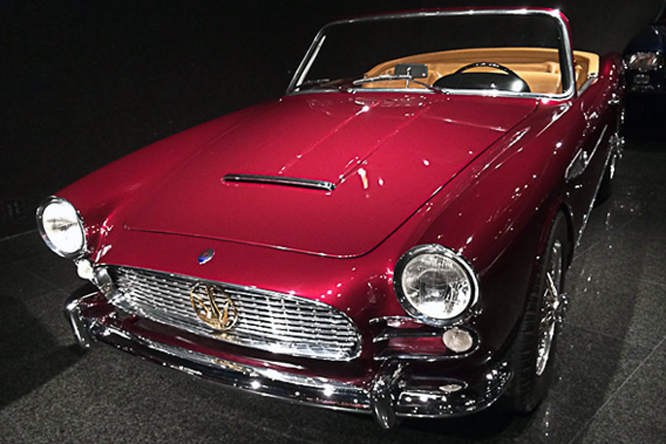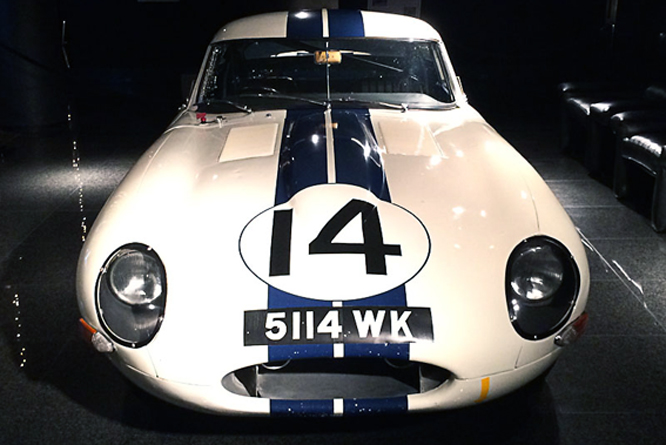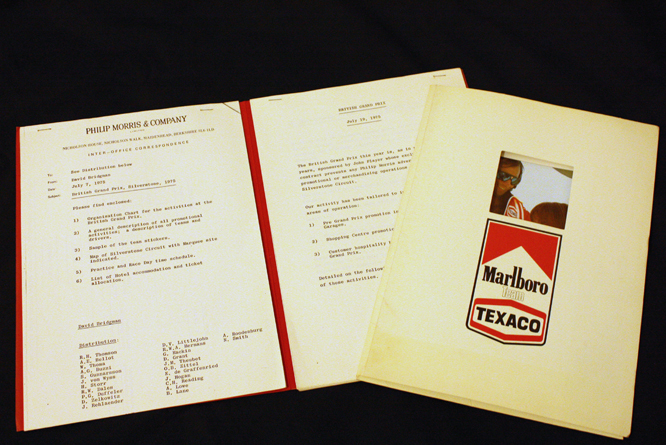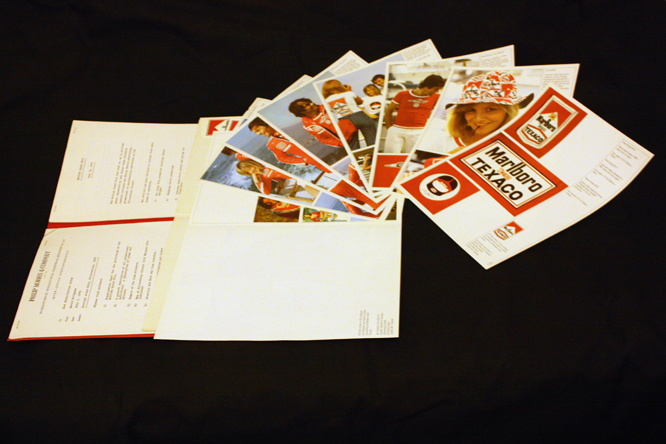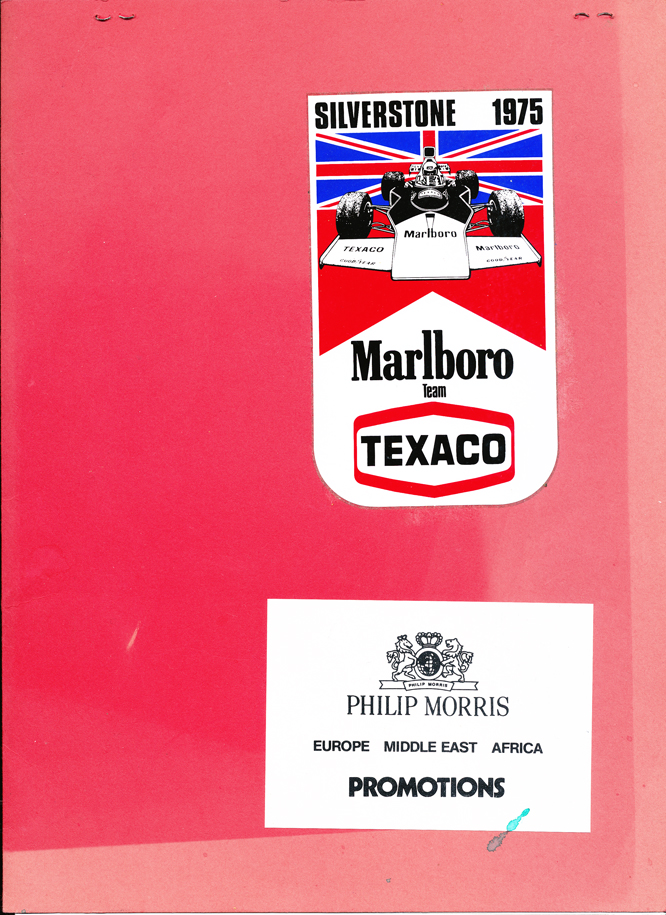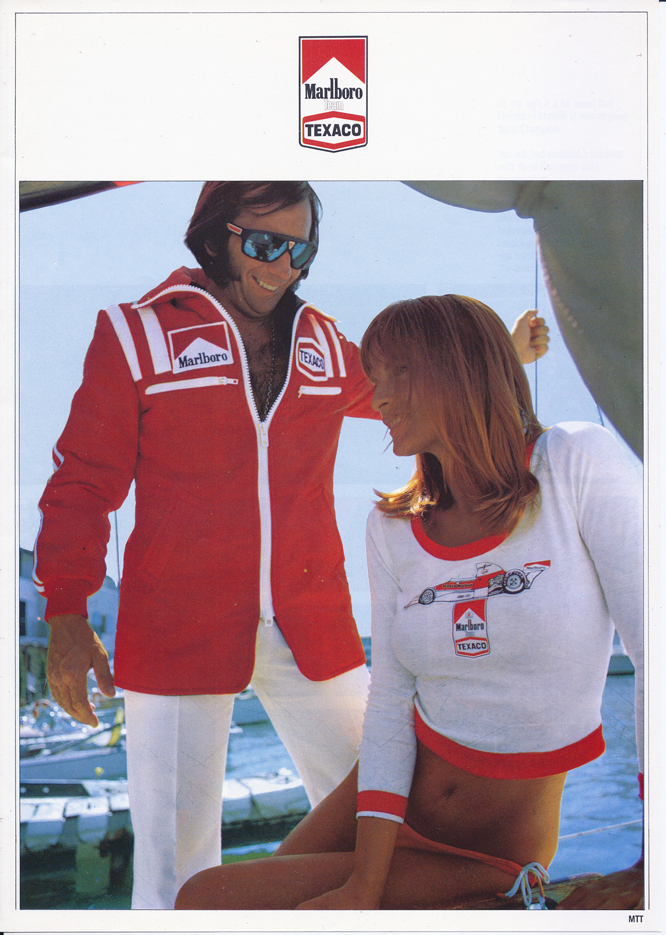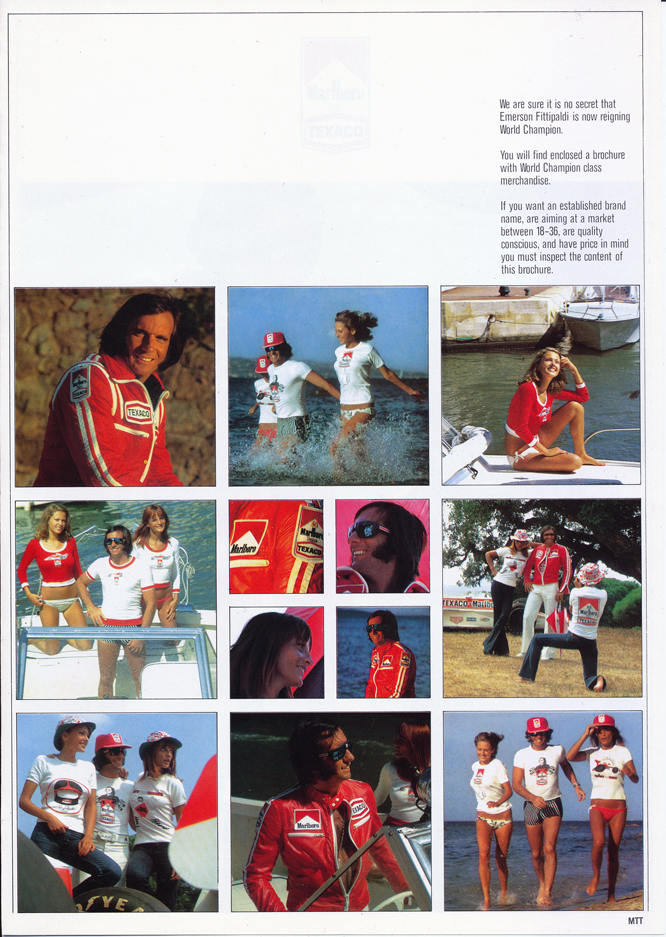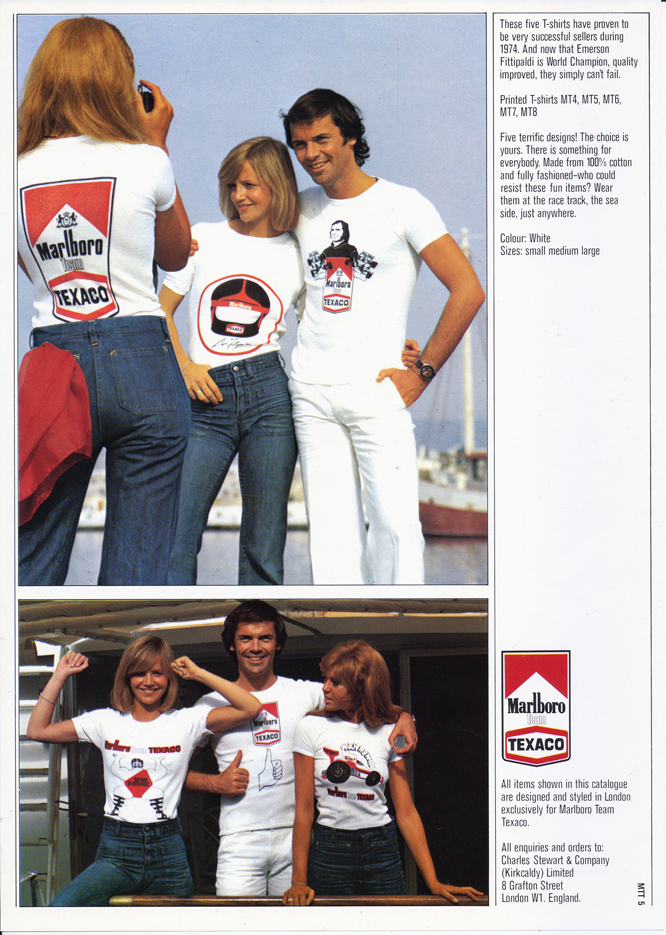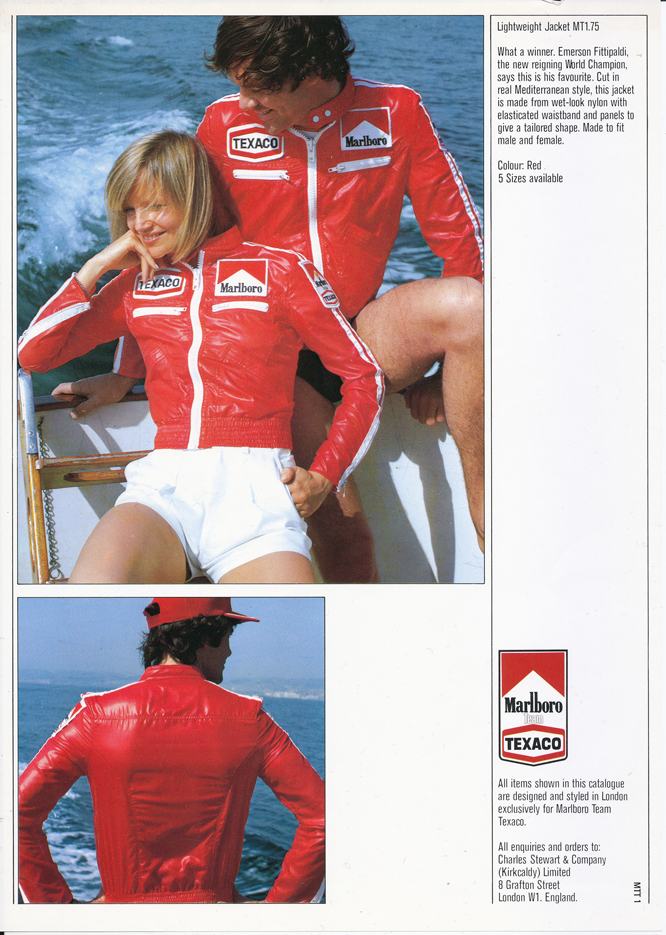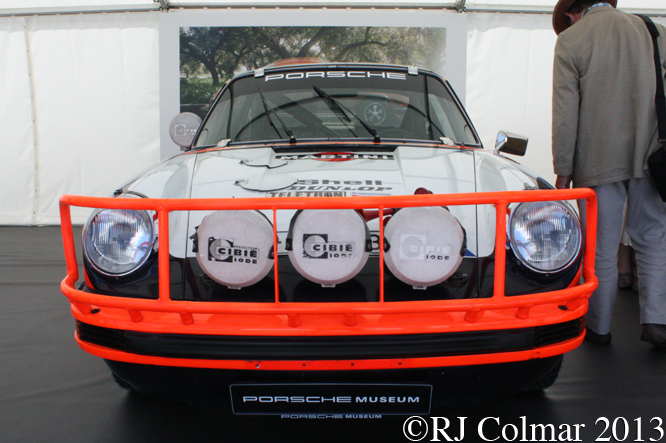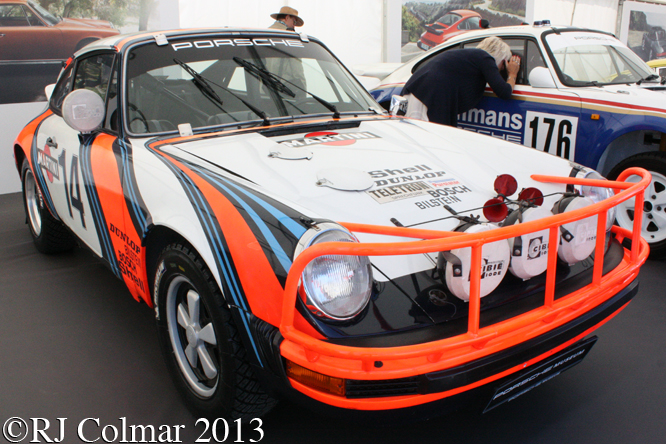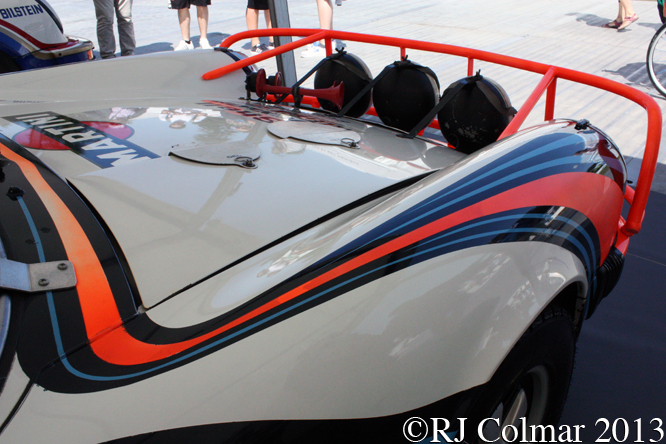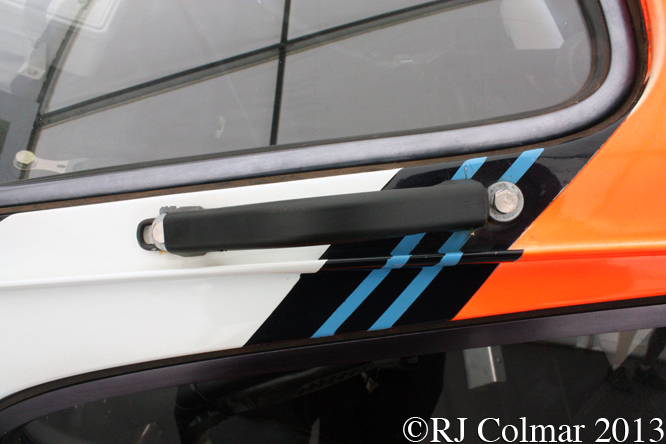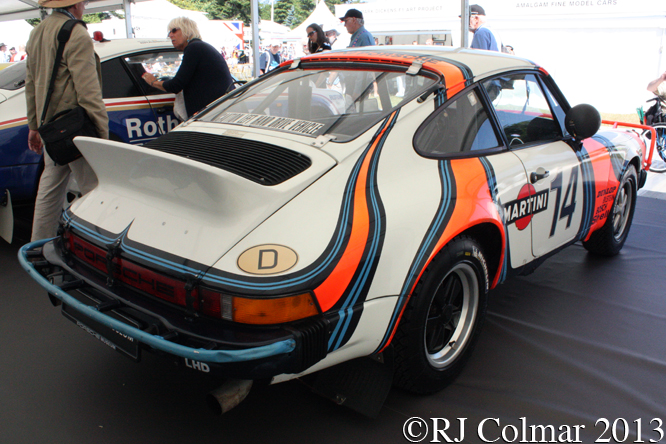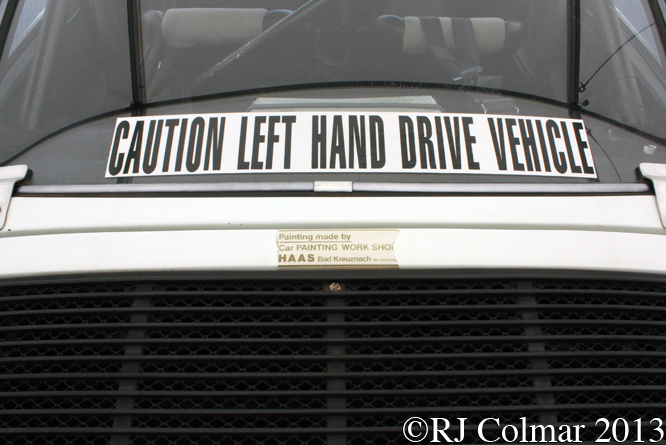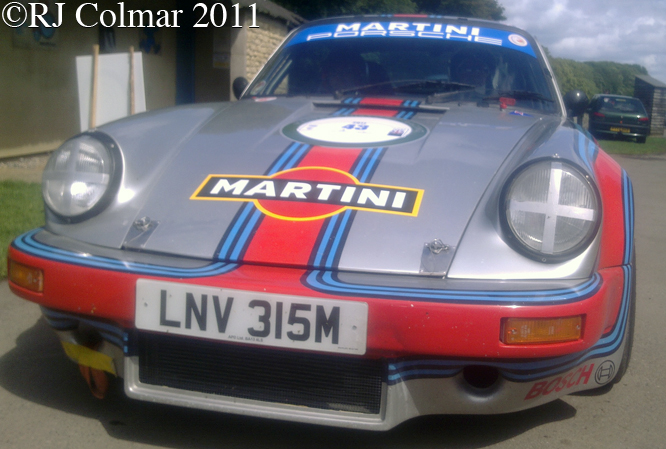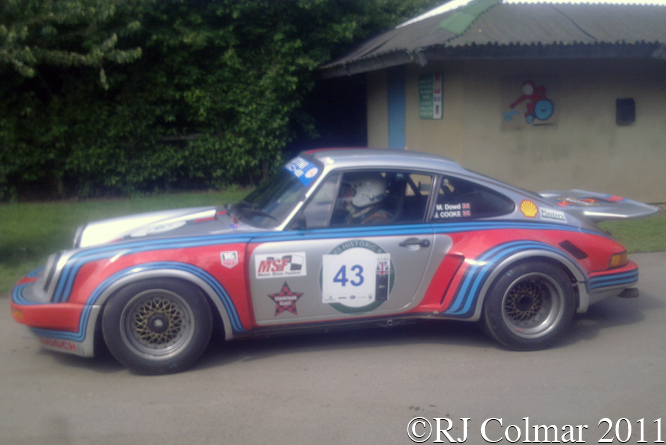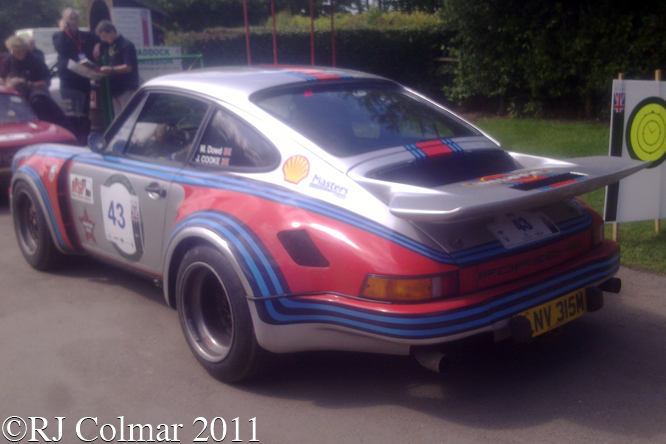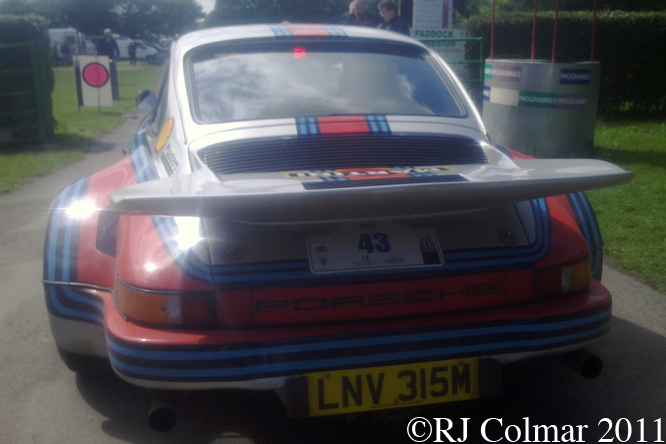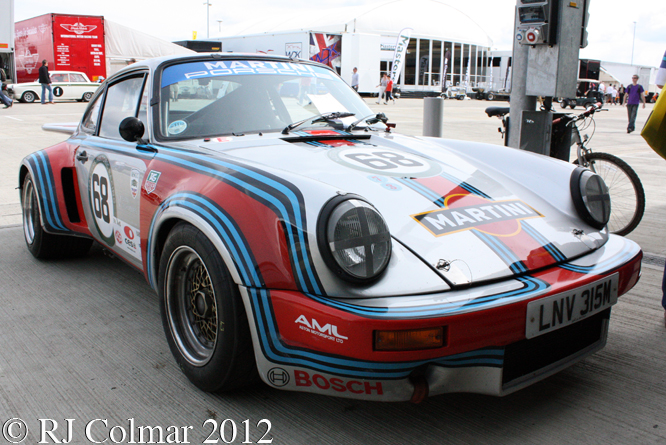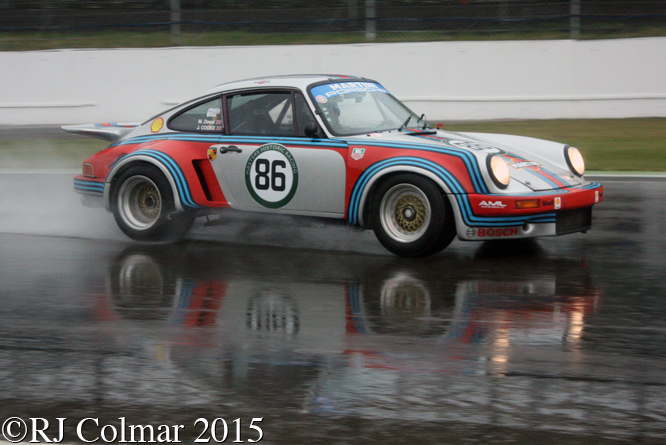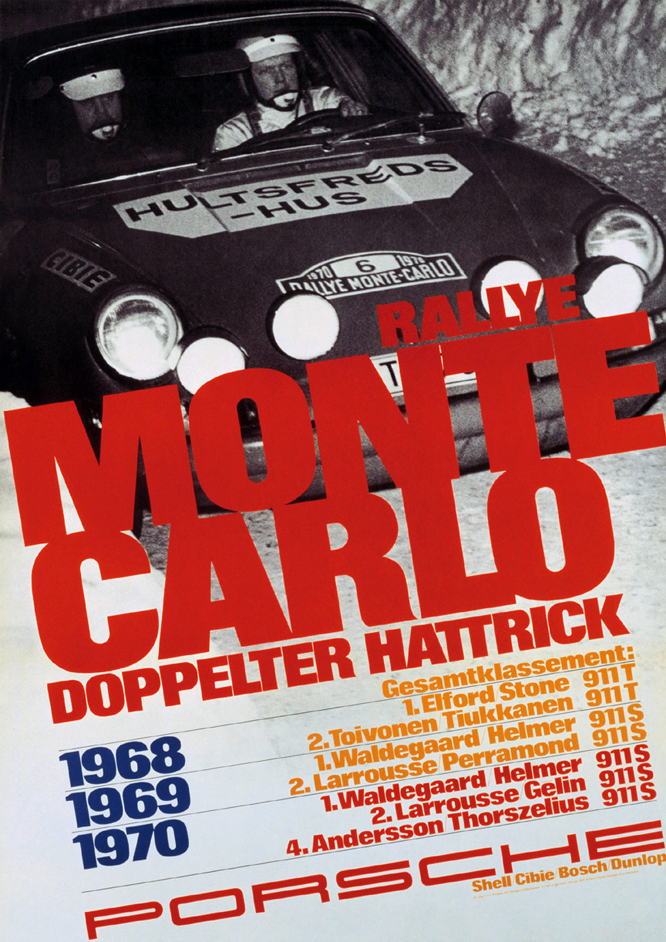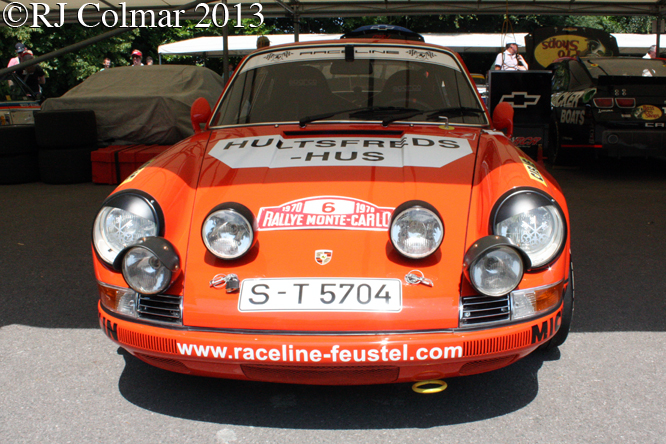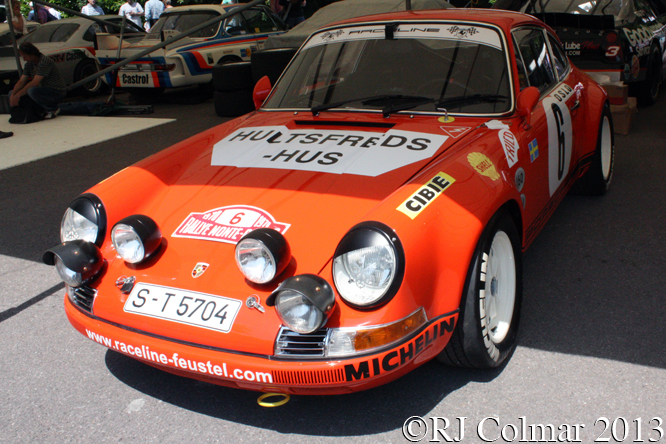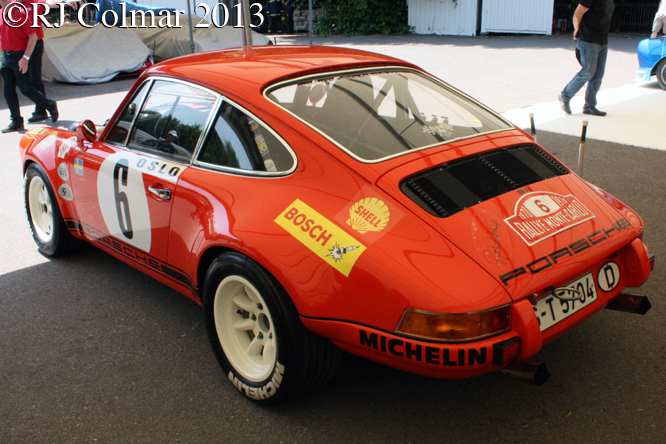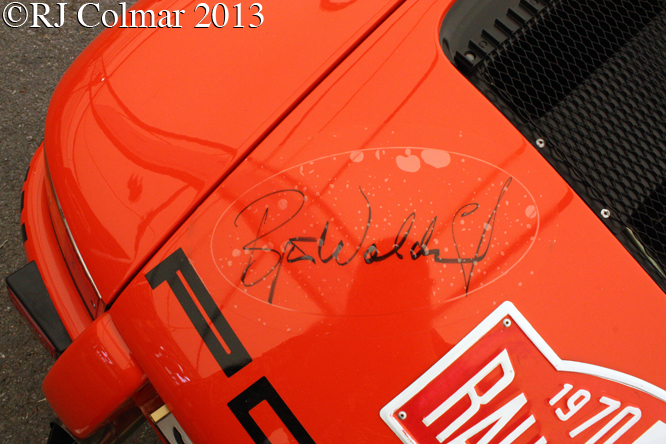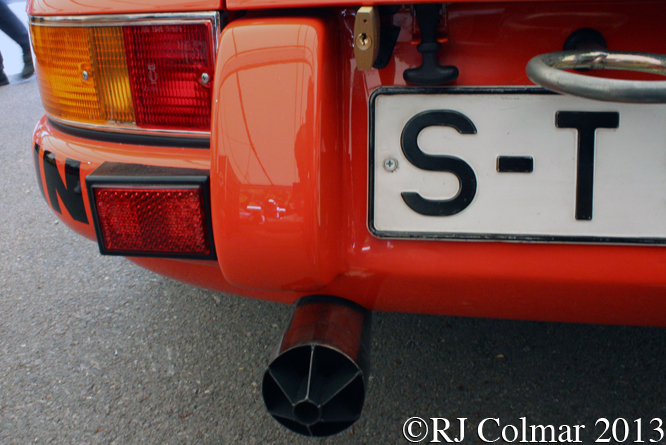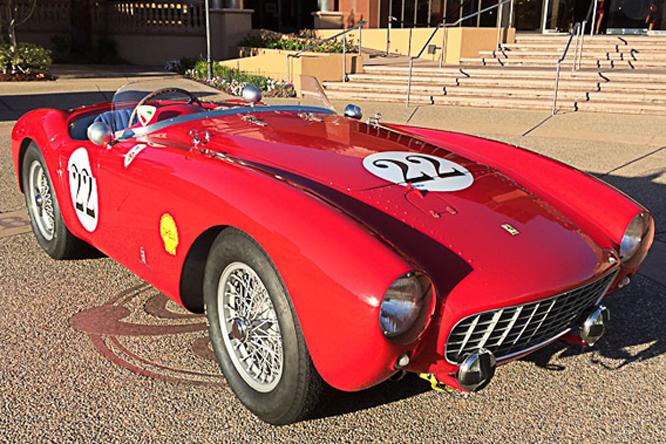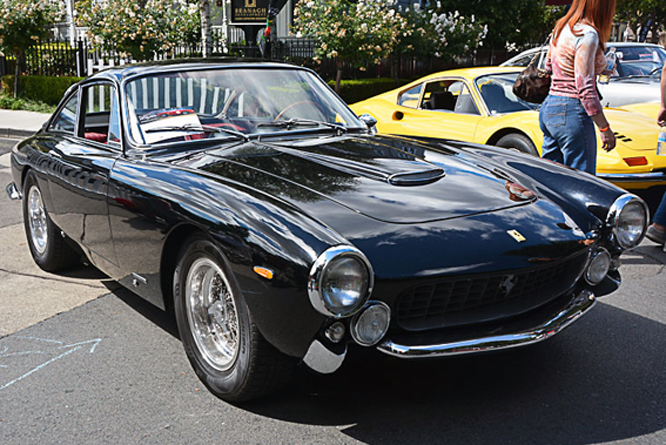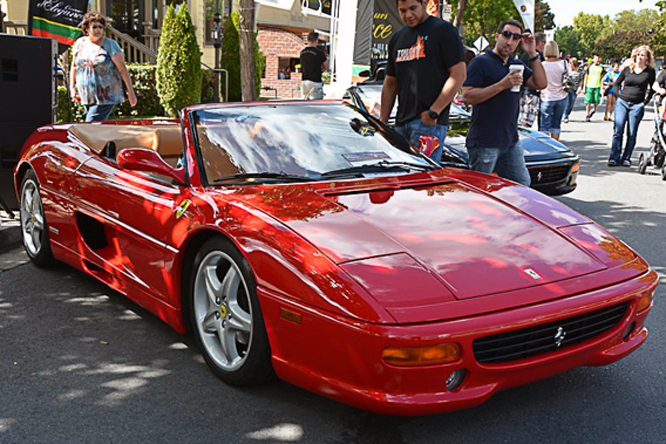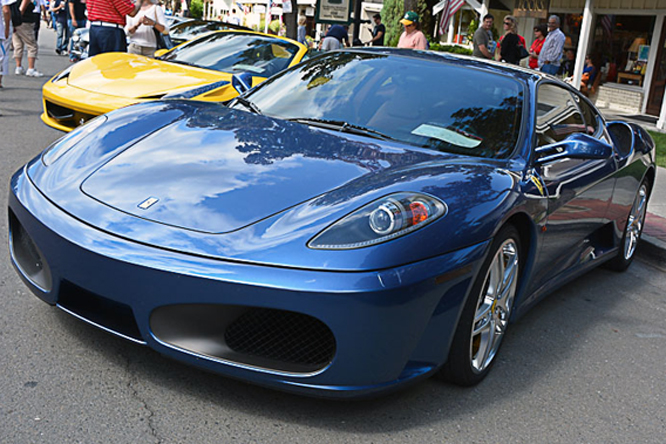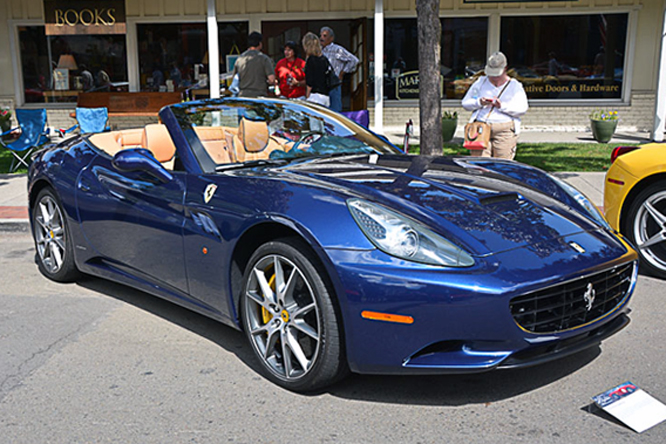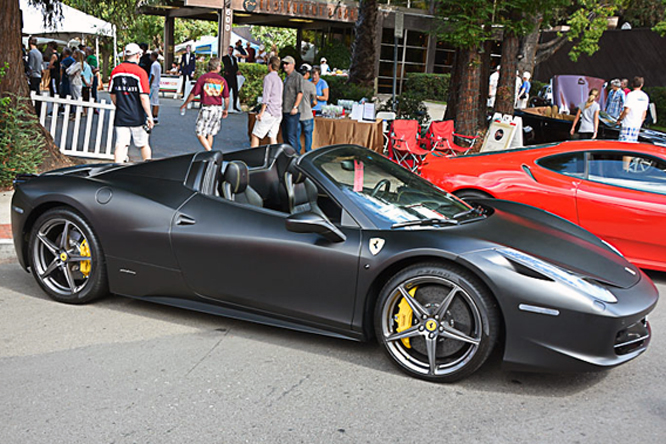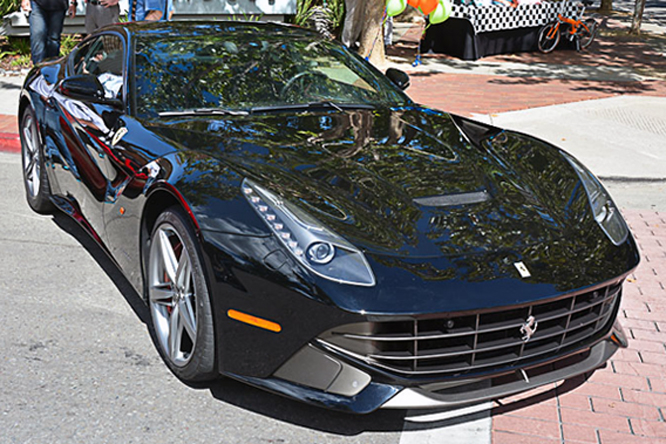The styling of the fourth generation Ford Thunderbirds built from 1964 to 1966 took a step back from the round edged styling of the third generation Tunderbirds, built from ’61 to ’63, to the Squarebird styling seen on the second generation models built from 1958 to 1960.
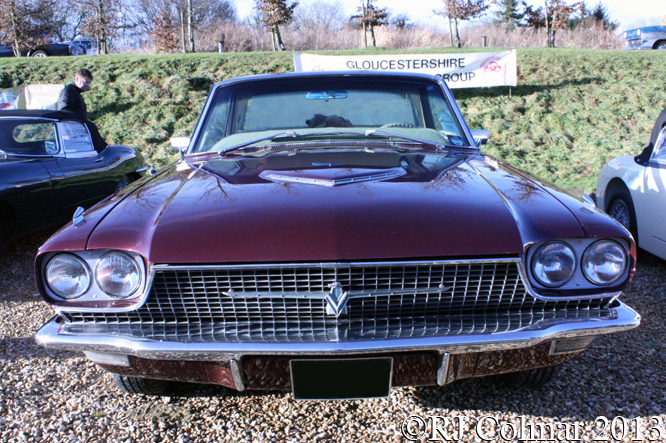
Initially fourth generation Thunderbirds were offered only with 300 hp 6.4 litre / 390 cui motors which could push the model from rest to 60 mph in around 11 seconds and on to a top speed of 120 mph.
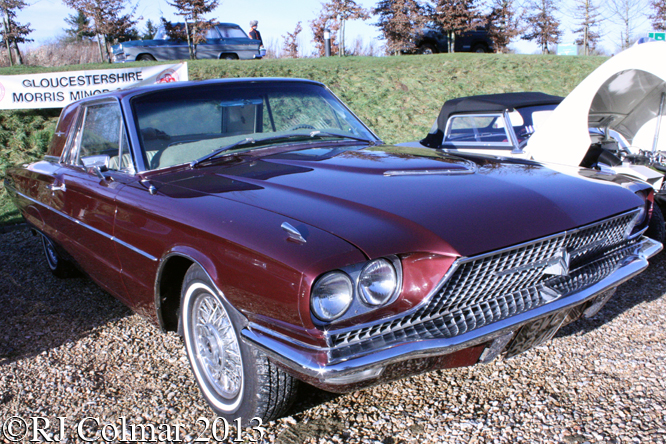
For 1966 the ‘390’ FE V8 was uprated to 315 hp and a popular larger 345 hp 7 litre / 428 cui FE motor was offered as an $86 option that shaved 2 seconds off the rest to 60 mph time. The ’66 model featured today appears to have been imported into the UK from new in June 1966 and is officially registered as having a 7232 cc / 441 cui motor which does not appear to be a standard size for even the later models which went up to 7.5 litres / 460 cui in 1972.
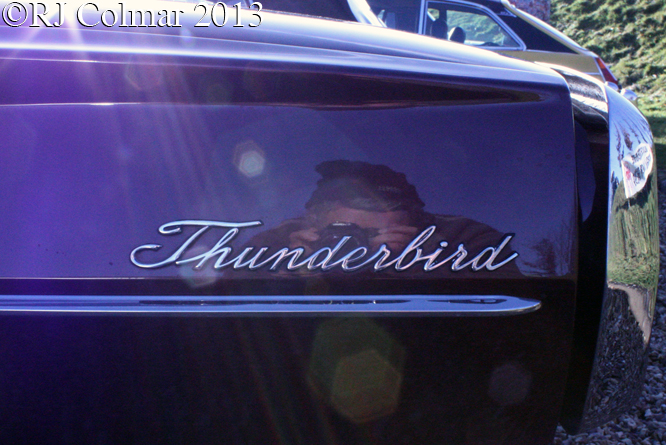
Convertible versions of the ’66 Thunderbird were immortalised in the films; The Outsiders (1983), Wild at Heart (1990) and Thelma and Louise (1991).
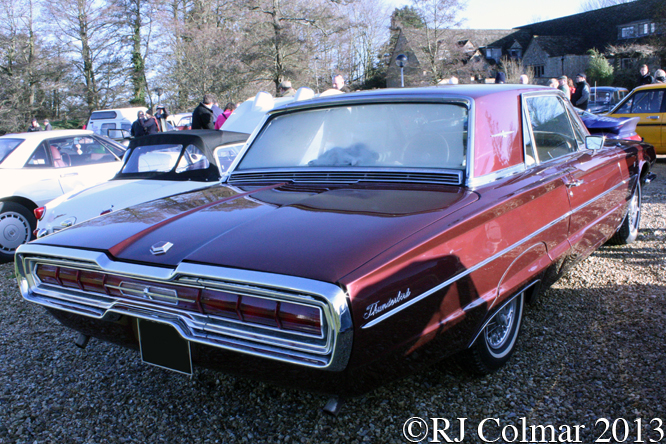
In 1965 3 part horizontal sequential rear indicators which flashed in from the inside to the outside was introduced to Thunderbird. This Town Hardtop, seen at Frogmill in Andoversford at the beginning of the year, also features blind quarter panels introduced in 1966 at the cost of reduced rear visibility.
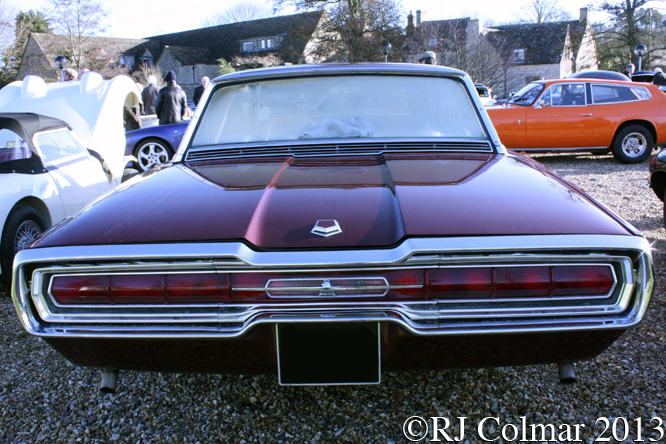
The fourth generation Thunderbirds were Personal Luxury Car market segment leaders running against the Buick Riviera and Pontiac Grand Prix, however production fell from 92,465 in 1964 to 69,176 in 1966 in part due to the introduction of the new Pony class Ford Mustang.
Thanks for joining me on this “$86 Option And Then Some” edition of “Gettin’ a li’l psycho on tyres” I hope you will join me again tomorrow for Ferrari Friday. Don’t forget to come back now !


